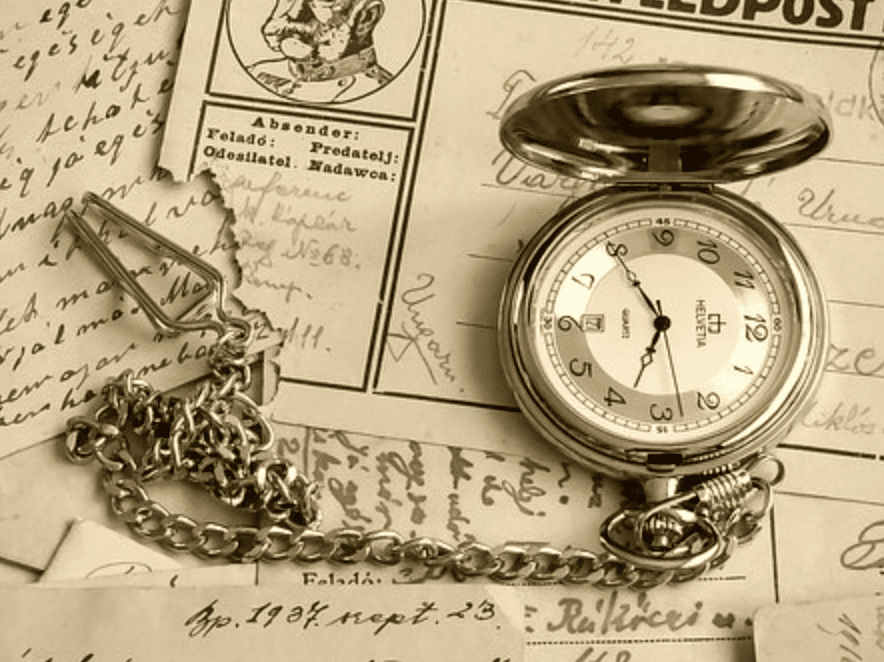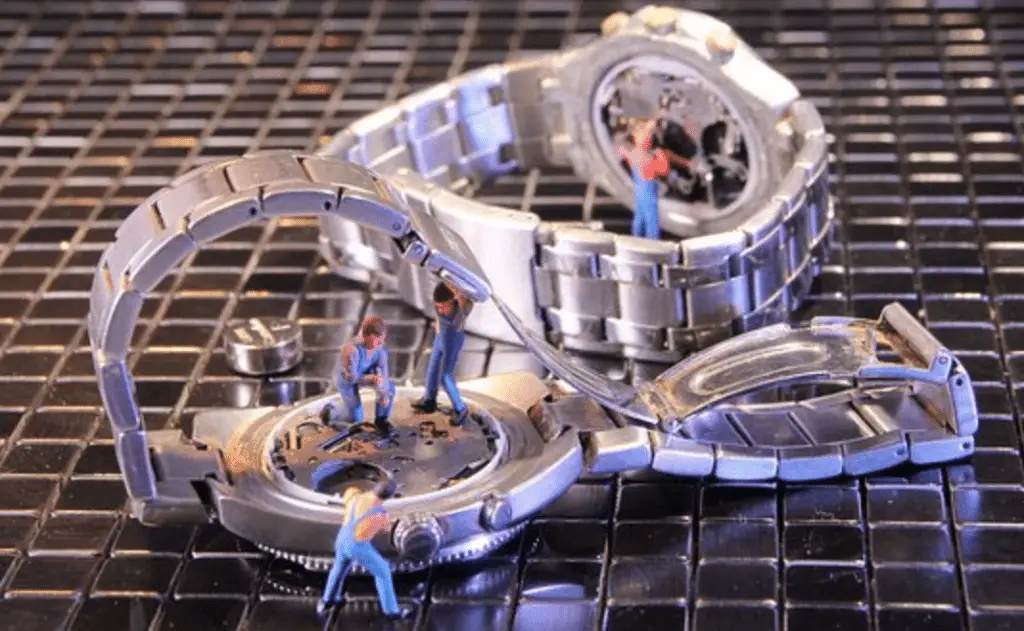
The wristwatch, today, is both a practical tool and a basic fashion statement we typically take for granted. However, it wasn’t always so. There was a day before the dawn of wristwatches, and the evolution of the wristwatch is an amazing story.
The long path from inaccurate pocket watches to high-precision, luxury watches, as well as the “back story” of sundials, water clocks, and hourglasses is truly fascinating.

The priciest watches in all history have sold for as much as $2.2 million, many of the most valuable pieces being from Patek Philippe and other Swiss-based watch companies. A Patek Philippe watch has been a symbol of elegance and prestige for decades. This is one example of how wristwatches mean far more than just the sum total of their mechanical parts and the ability to tell the time.
The Earliest Methods of Time-Telling
The sun, moon, and stars were the first methods of time-telling in the ancient world, which was one of the purposes for which God made them according to Genesis 1:14: “Then God said, “Let lights appear in the sky to separate the day from the night. Let them be signs to mark the seasons, days, and years.” (NLT)
Man made devices for telling time began with the sun dial, long before recorded history. By 600 B.C., the Greek inventor Anaximander created the first metal sundial, which was a big improvement over clay, stone, or wood. At night, however, the absence of sunlight meant the use of candles that burned at predictable rates and hourglasses instead.
Around 1000 B.C., water clocks were invented that worked on the same principles as an hourglass but were much more accurate and could keep time for longer stretches before having to be reset. In A.D. 1100, the first mechanical clocks came on the scene, but they were not more accurate than water clocks (which many continued to use) until 1657, when Christian Huygens applied Galileo’s 1594 discovery of pendulum principles of physics to clocks. These new pendulum-based mechanical clocks would lose no more than 15 seconds per day.
Clocks Gain Portability
Making clocks small enough to become portable was a huge feat to tackle. The first such watches were pocket watches, not wristwatches. They were too big and bulky at this stage to comfortably fit on one’s wrist anyhow.
Peter Henlein invented the first pocket watch in 1505 in Germany. It was bulky and egg shaped. It was used primarily by sailors to time their “watches” on duty, which is where the name “watch” actually came from.
The size and shape of watches gradually changed over the years, and by 1675, they were flatter and smaller – a good size to fit into the average pocket, held on the end of an attractive chain. This is when pocket watches became common. And the pocket watch would remain the norm until the turn of the 20th century.
Pocket watches were less accurate than pendulum clocks or even water clocks in the early decades, losing an hour or several hours in a day. So you had to reset them each day, at the least. Gradually, inventors improved accuracy until they were as accurate as pendulum clocks by the time wristwatches first began to appear – and wristwatches were destined to largely displace them.
The Birth & Evolution of the Wristwatch
The first watch designed to strap onto your wrist was created by Patek Philippe in 1868. However, for a long time, pocket watches remained dominant. It took time for the wristwatch to catch up to the somewhat larger pocket watch in accuracy. Plus, before World War I, wristwatches were considered a ladies’ fad and something as un-masculine to wear as a skirt.
But the necessities of The Great War soon made the wristwatch acceptable in men’s fashion. Soldiers needed to tell the time on the battlefield and without having to stop to retrieve a watch from their pocket and then pry it open. The war made wristwatches “manly,” and a NYT article in 1916 reinforced this change of opinion so that wrist watches continued to gain popularity over pocket watches from that year forward.
Advancement continued after the war, with the first self-winding wristwatch appearing in 1923, the Patek Philippe perpetual calendar wristwatch in 1925, and water resistant watches appearing in the 1920’s. By 1930, there were 50 times more wristwatches in the world than pocket watches!
Shock-proof, water proof, electric quartz, and other complex, high-tech wrist watches continued to appear. Today, the exquisite precision and style of the top watchmakers is unparalleled. Luxury watches in rose gold or black steel with leather straps, rubber shock guards, internal lights, anti-corrosion treatments and that run automatically at incredible accuracy are now the standard.
Mankind’s obsession with telling time, the greater need for punctuality in the modern business world, and the classic and classy style of luxury wristwatches as fashion accessories all point to the continued popularity of high-end wristwatches for the foreseeable future.
